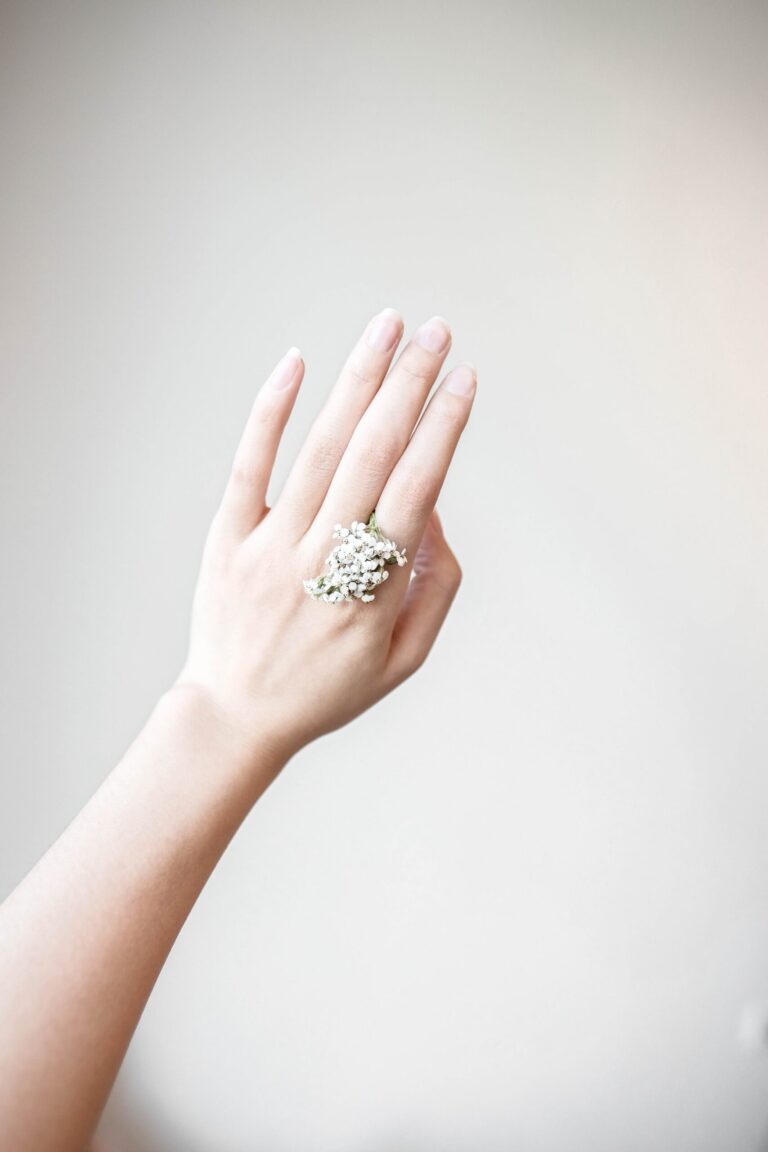Back To School: First Aid for Cuts and Scrapes
Back to school means back to the playground, and that means skinned knees, skinned elbows, and a multitude of other standard kid injuries. The office or school nurse will more than likely provide the first aid for cuts and scrapes, but it’s good to know what to do as parents, and what we should be looking out for.
*This is for educational and informational purposes only, this is not to be taken as medical advice. Please always consult your doctor with any questions or before taking or giving your child any medications*
Two of the most common playground injuries are a skinned _______ (fill in the blank) or lacerations. And generally the first aid is the same, but for the heck of it we’ll break it down.
***looking for ways to keep your family healthy as they go back to school, and year round?! Check out my FREE guide full of tips and tricks!***
Skinned ________
A skinned knee, elbow, leg or whatever it is, is actually a friction burn. It happens when someone is moving across asphalt or another hard surface, falls and goes sliding across.

*This post contains affiliate links, which means I’ll receive a commission if you purchase through my links, at no extra cost to you. All of the products I recommend are based on my experience with the products. Please read full disclosure for more information.*
The initial first aid involves stopping the bleeding by holding direct pressure on the wound.
The main concern with these types of injuries is making sure they are clean. Dirt and gravel, or asphalt often get stuck in the wound. Depending on how severe it is, it may require a trip to the emergency department or urgent care (mainly so they can numb it and give your child pain medication so they are able to thoroughly clean it).
This type of wound needs to be kept clean and moist. These will itch like crazy as they heal. It’s important to keep your child from scratching it, otherwise you’re back at square one. The best way to ease the itching is lots of ointment. It doesn’t have to be antibiotic, it can be something like Vaseline or Aquaphor.
Minor Cuts
With minor cuts that don’t result in excessive bleeding, the initial first aid is the same as a skinned knee. You hold direct pressure to the wound until it stops bleeding.
Once it stops bleeding and you can see the wound, what it looks like will determine your next steps. Superficial cuts and scrapes are easily treated by first washing them off – this can be done with saline or soap and water. Second, applying antibiotic ointment, or Active Skin Repair (my personal choice because it’s non-toxic) and finally a bandaid.

Cuts I would go to the emergency department for:
- Lip laceration (especially if it crosses the lip border)
- Nose laceration
- Cuts close to the eye
- Cuts that are jagged or gaping
- Cuts involving a joint
- Cuts that are especially dirty
The reason being, the repair may require sedation or someone who is specially trained. I always always recommend going to a pediatric emergency department if you have one available to you.
Older kids and teenagers may do just fine going to an urgent care. Straight forward cuts to an arm or leg can also be fixed at an urgent care.
The after care will depend on the severity of the cut and if stitches were needed. But the main principles are always the same, keep the wound clean and dry.
After Care
Once the initial healing is done, you can do a few things to minimize scarring. Number one, make sure you protect the area with sunscreen. I would recommend a zinc sunscreen, I always prefer a mineral sunscreen like this one over chemical to avoid toxins, but I also think in this case it is more effective because it is a physical barrier. The sun will make the scar more prominent if not protected. The other thing you can use is vitamin E oil on the scar.
Providing quality First Aid for cuts and scrapes will help the healing process and reduce scarring.
Thanks for being here!
Don’t forget to download your free guide to keeping your family healthy all year long!
xx, Mollie
Related Posts





